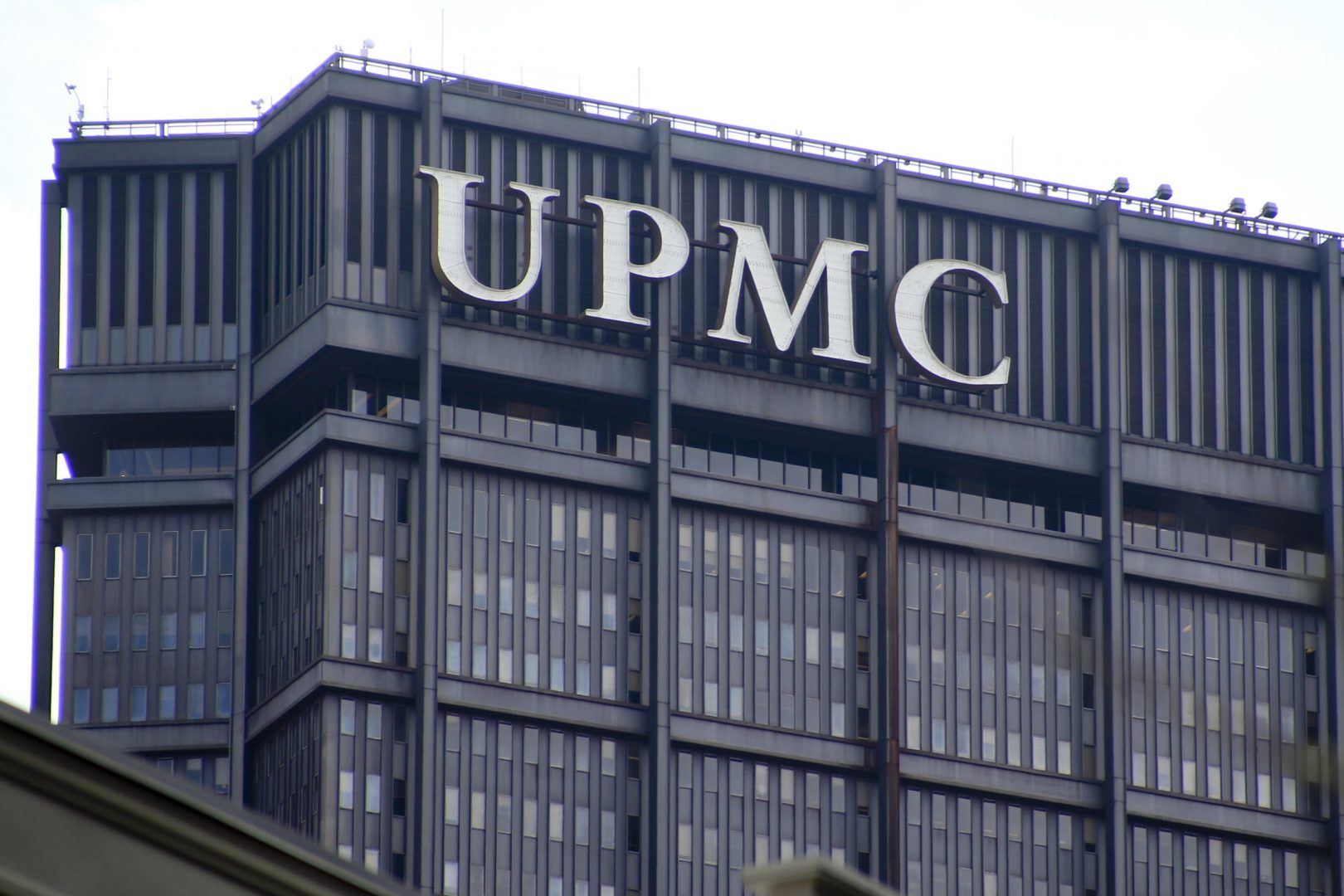
The UPMC building in downtown Pittsburgh.
Keith Srakocic / AP Photo

The UPMC building in downtown Pittsburgh.
Keith Srakocic / AP Photo

Keith Srakocic / AP Photo
The UPMC building in downtown Pittsburgh.
What you should know
» Coronavirus facts & FAQ
» Day-by-day look at coronavirus disease cases in Pa.
» What the governor’s stay-at-home order means
UPMC says it plans to start increasing the number of non-emergency procedures it performs.
The announcement is in opposition to the Pennsylvania Department of Health’s directions that it’s not yet time to allow non-emergency surgeries to go forward, even if these procedures are urgent. By not doing these surgeries, the agency says, more resources for COVID-19 patients are available.
Last month the hospital system was criticized for not pulling back on non-emergency services.
But Dr. Donald Yealy, UPMC’s head of emergency medicine, said delaying essential care leads to poor medical outcomes.
“The most constant concern I hear from patients right now is, ‘I want my heart condition taken care of. I want my cancer taken care of,’” he said. “That’s essential care, even if it’s scheduled.”
All UPMC surgery patients will be tested for COVID-19, even if they are without symptoms. Often patients who are put under anesthesia need to be intubated, which involves inserting a tube into one’s airway via the mouth. When intubation is done on a COVID patient, even an asymptomatic patient, it creates the possibility of the coronavirus aerosolizing, potentially infecting nearby people through air-borne particles.
The hospital system’s ambulatory surgery centers will remain closed.
In explaining its decision, UPMC pointed out that data show the current threat of COVID-19 is less imminent. In the medical system’s 40-hospital network, there are 119 patients currently hospitalized with COVID infections, occupying just 2 percent of hospital beds.
“We’re now on the opposite side of what many predicted to be our worst week, our Pearl Harbor,” said Yealy. “The very high surge that we prepared for simply hasn’t happened.”
Allegheny County’s data also show that the rate of growth of new COVID cases has continued to decrease.
Yealy said it’s not entirely clear why a COVID surge hasn’t come to western and central Pennsylvania, but explained that early and effective implementation of social distancing have played a role.

Sometimes, your mornings are just too busy to catch the news beyond a headline or two. Don’t worry. The Morning Agenda has got your back. Each weekday morning, host Tim Lambert will keep you informed, amused, enlightened and up-to-date on what’s happening in central Pennsylvania and the rest of this great commonwealth.
The days of journalism’s one-way street of simply producing stories for the public have long been over. Now, it’s time to find better ways to interact with you and ensure we meet your high standards of what a credible media organization should be.